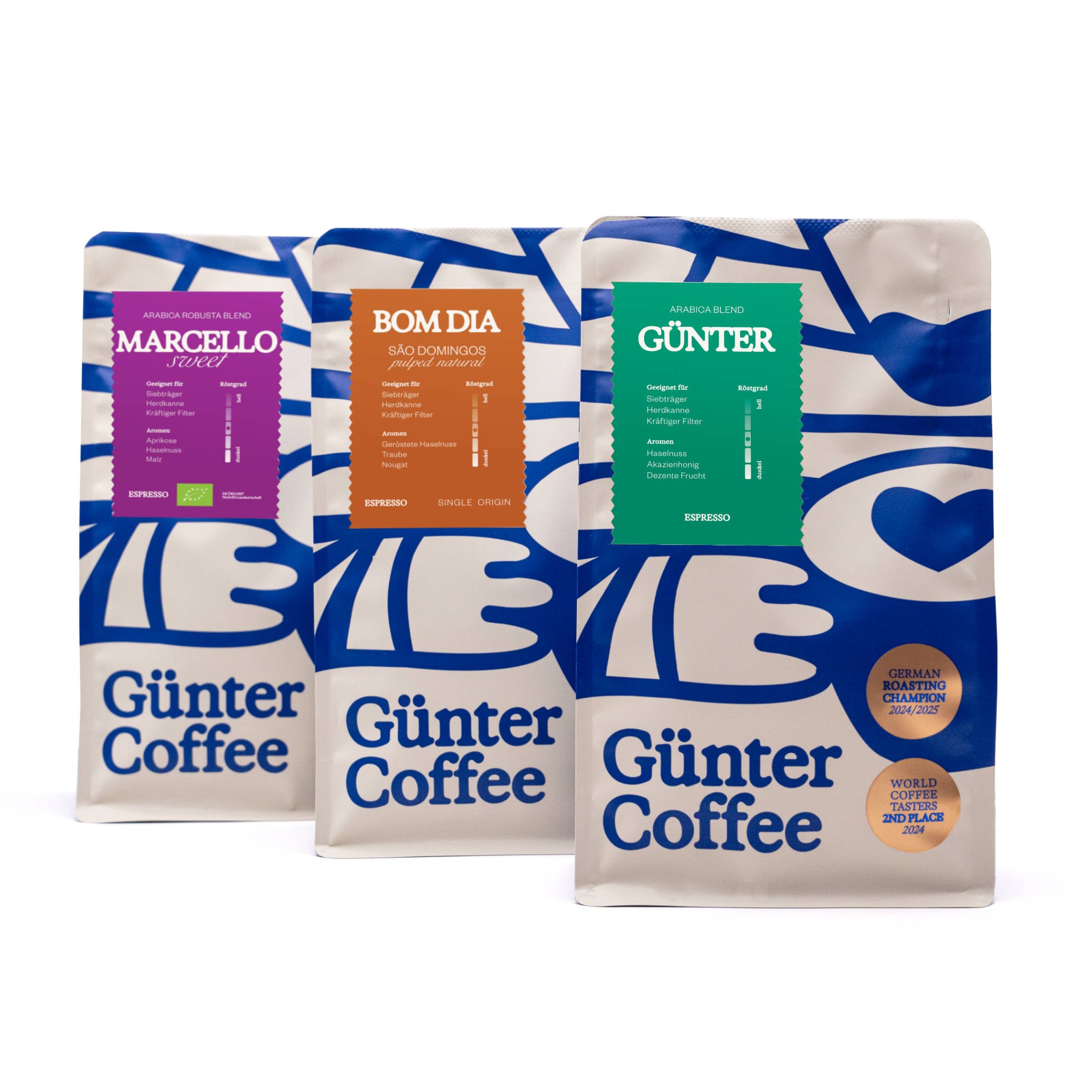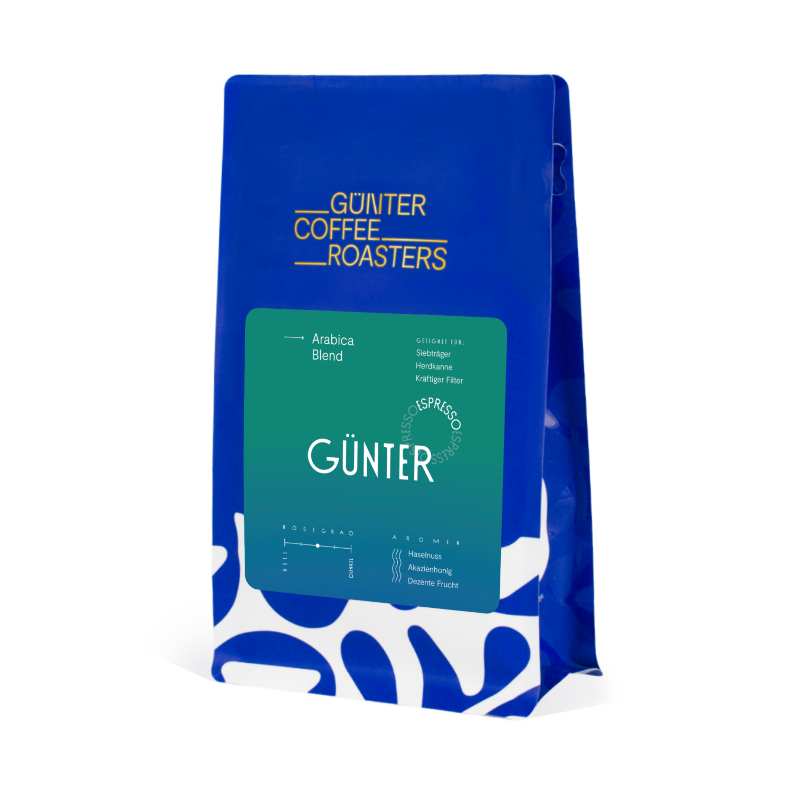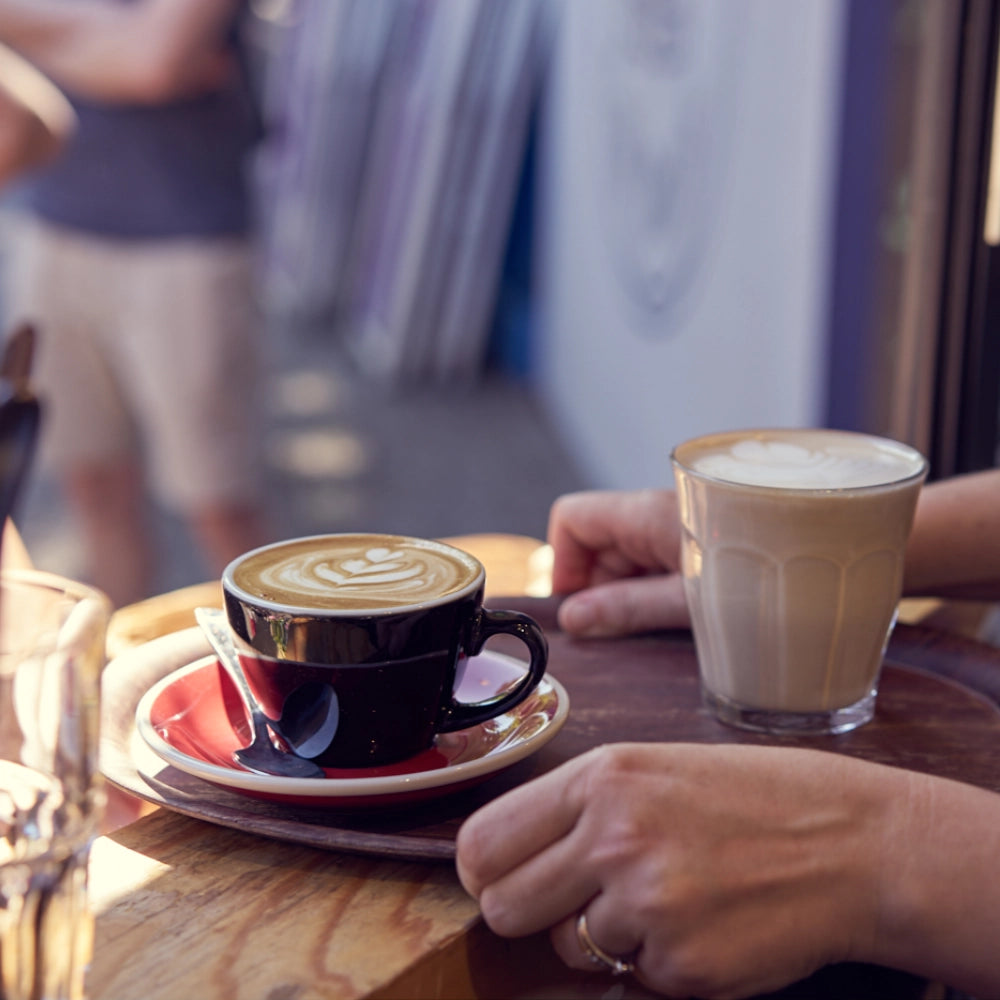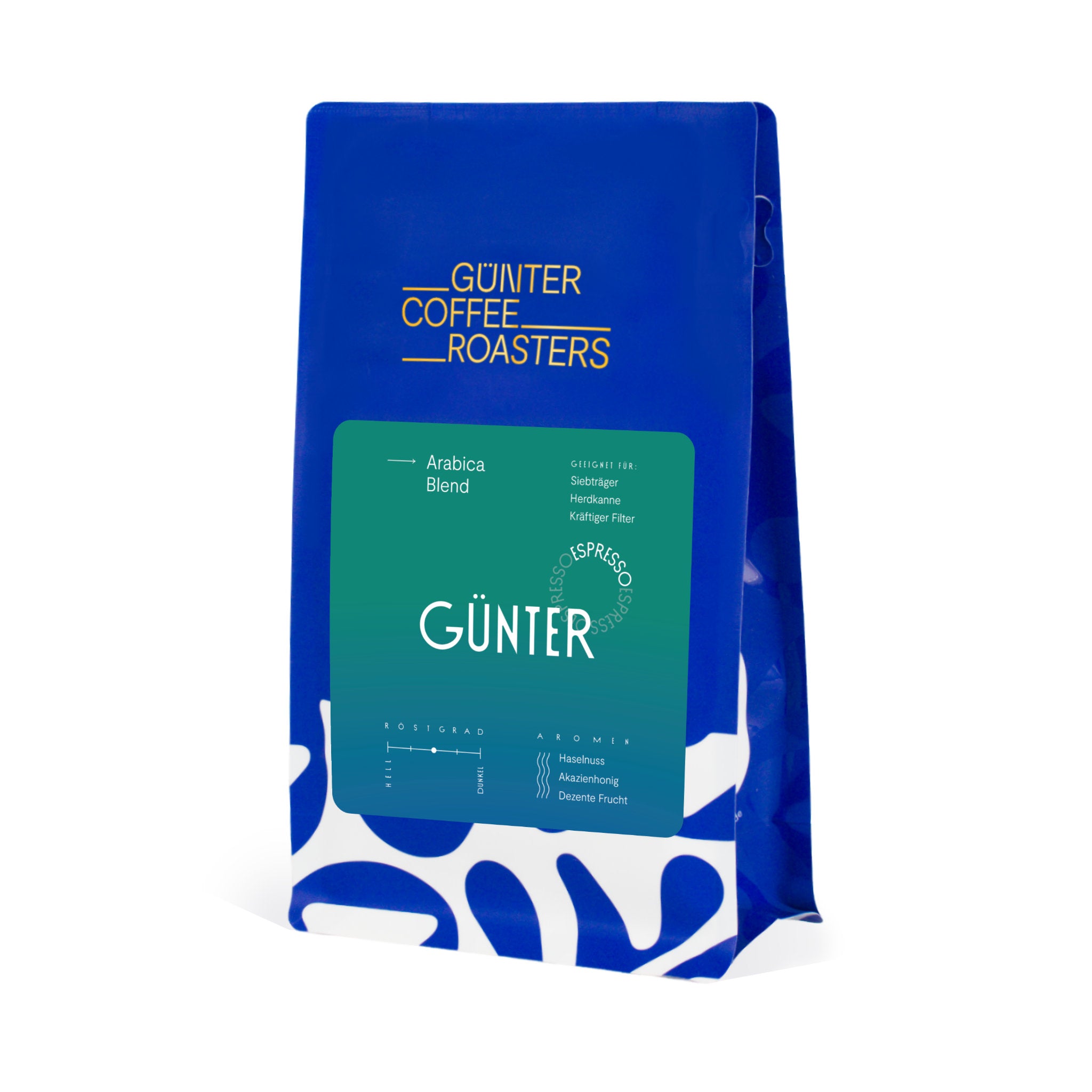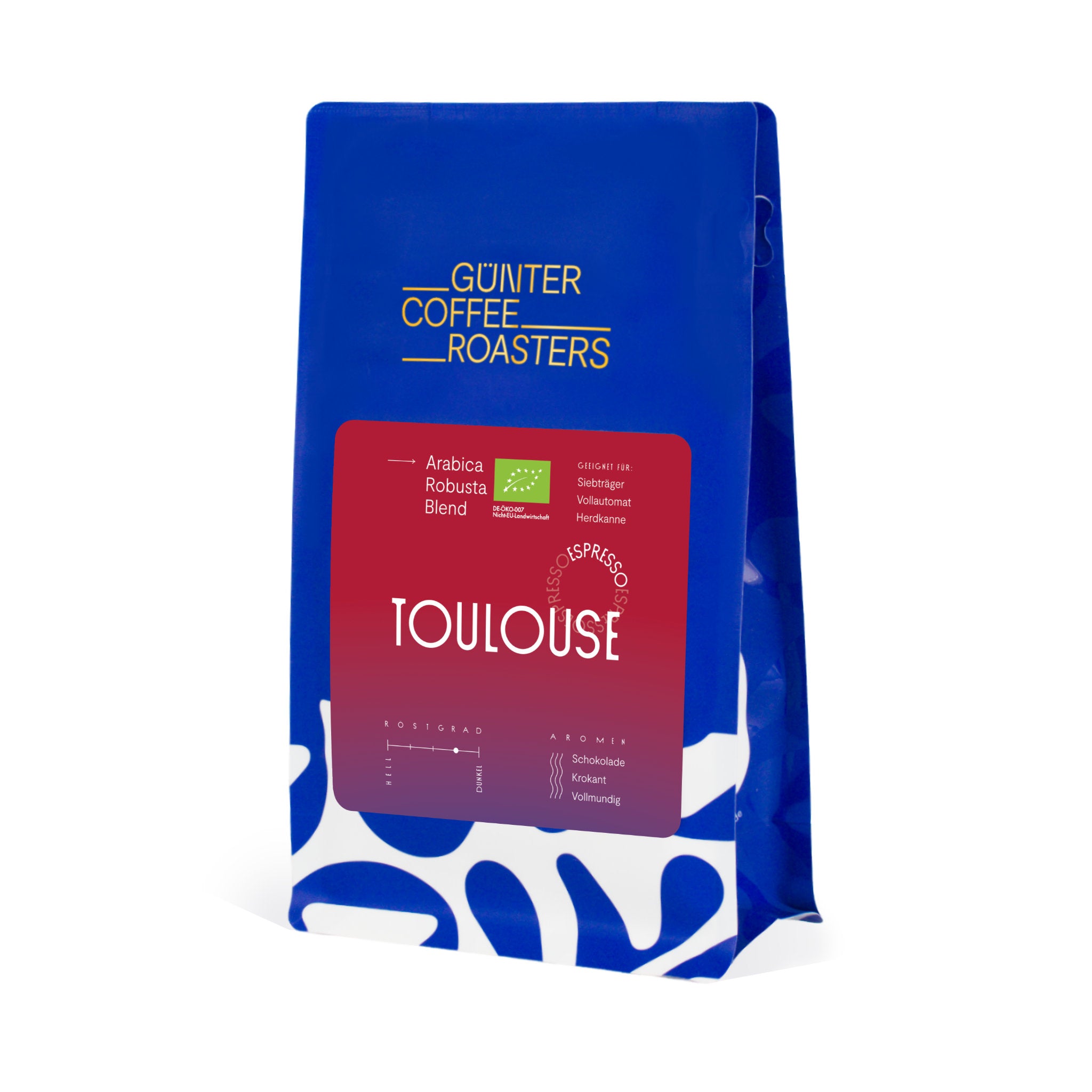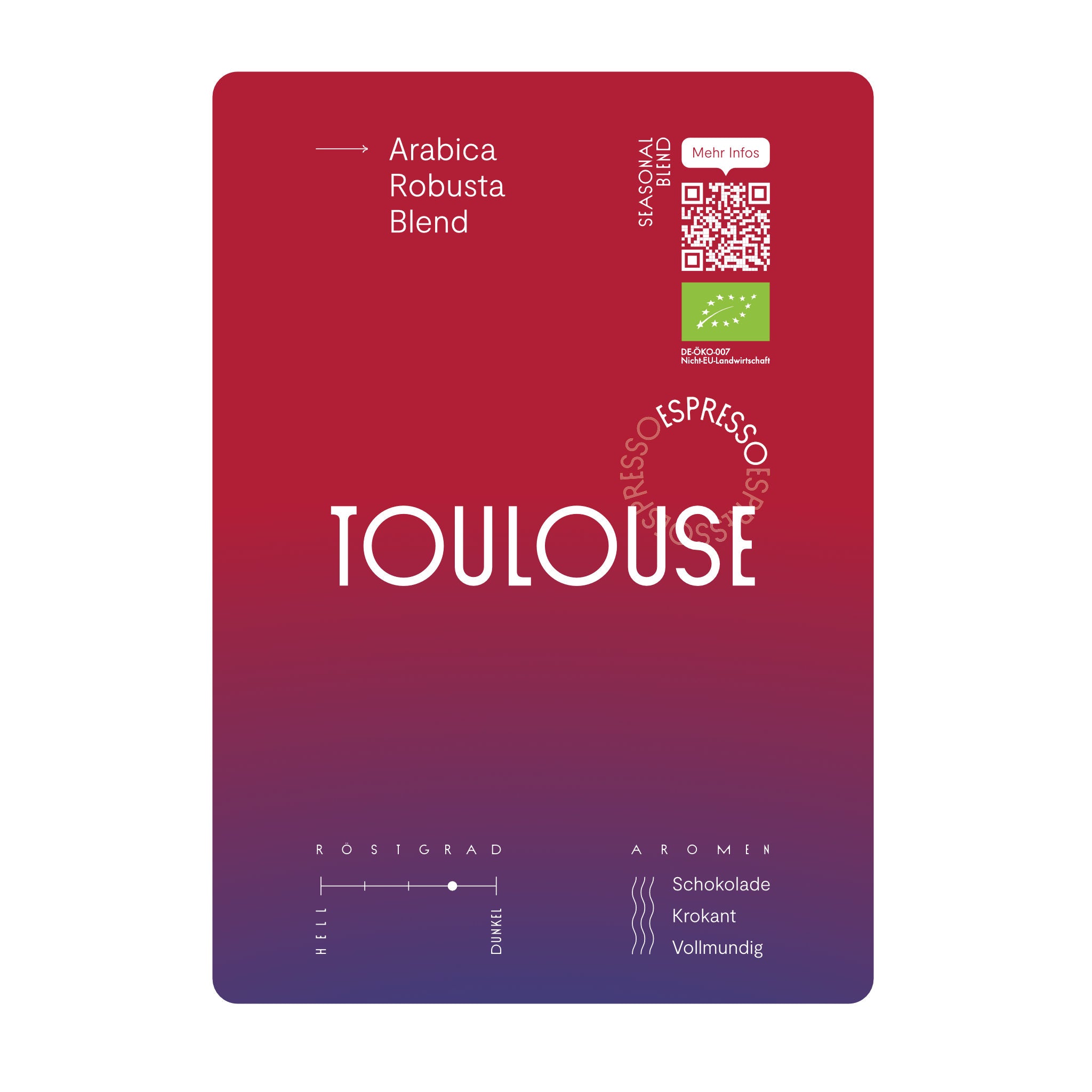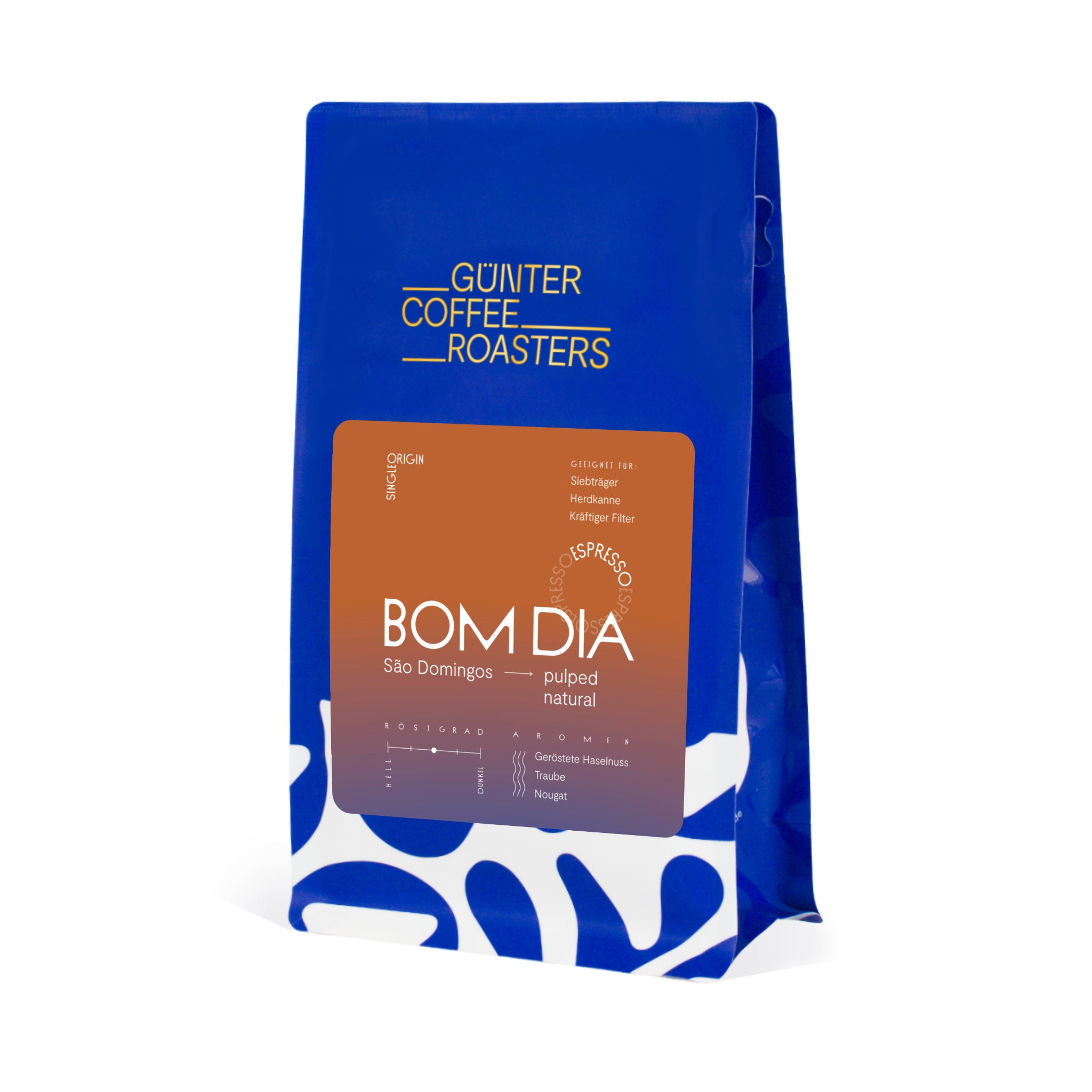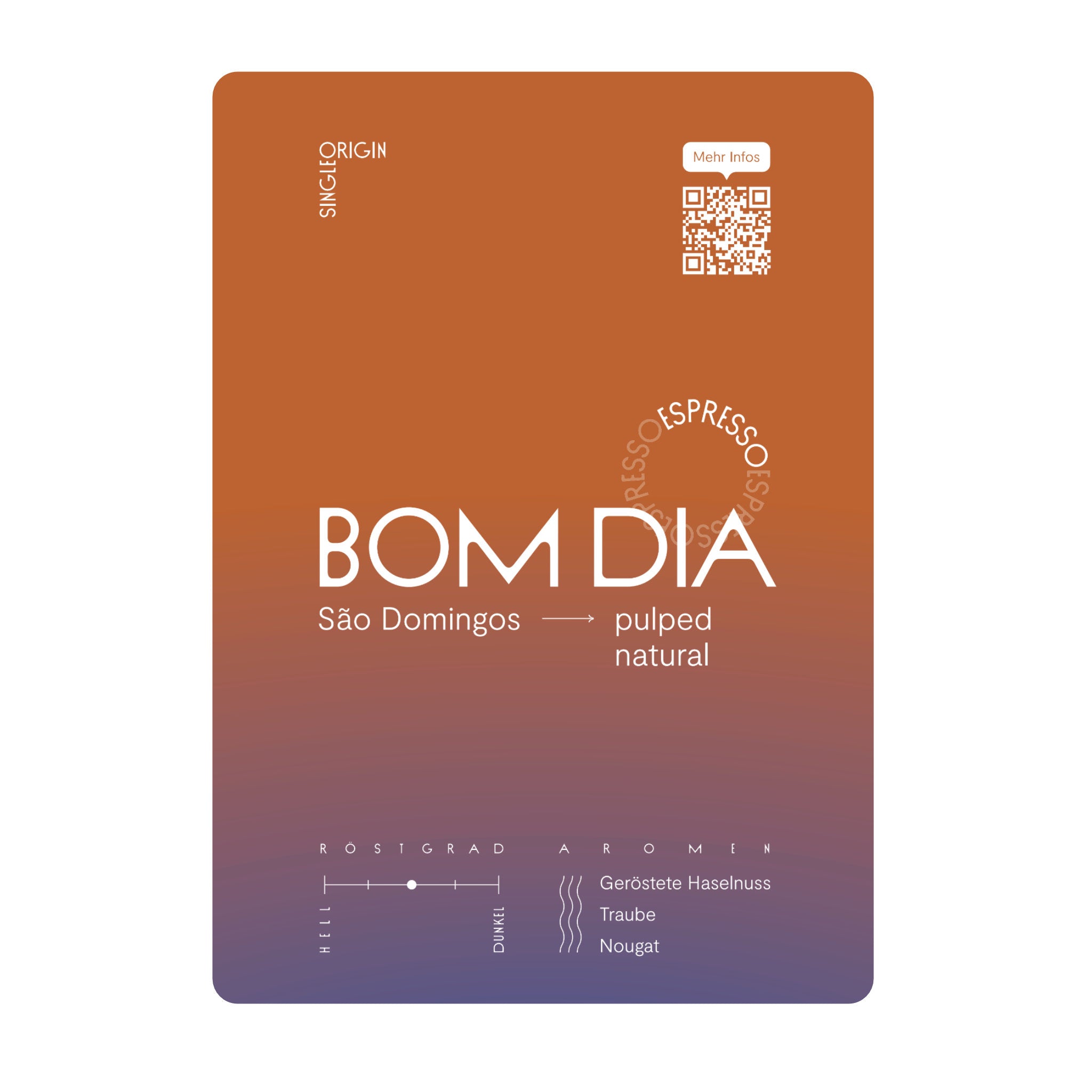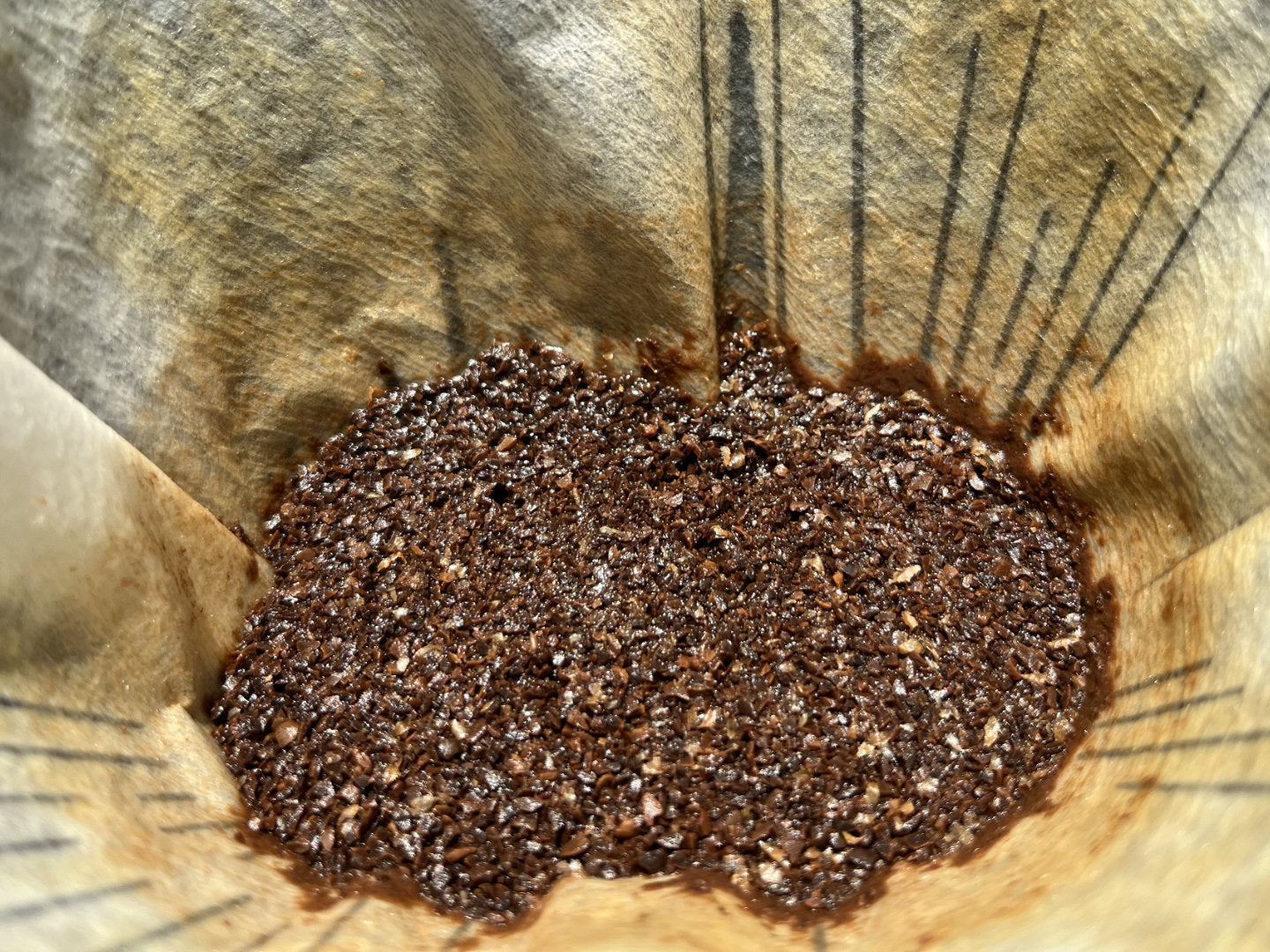For most people, coffee is a stimulant. If you only understand it like that, the taste falls short. This is sad, since coffee plants have a real fireworks display of natural aromas to offer.
In addition to the well-known and widespread roasted aromas, which only arise when heated in the roaster, coffee beans have more natural aromas than wine. What these are varies from species to species and variety to variety and also depends heavily on the respective growing region. The level of roasting determines how strongly these natural aromas emerge in the roasted coffee. The darker the roast, the more the roast aromas displace the natural aromas of the coffee.
This is also the reason why more and more roasters are explicitly pointing out the type of plant (e.g. Arabica, Robusta or mixture), variety (e.g. Pink Bourbon, Geisha and many more), growing region and degree of roasting. The information provides information about what you as a coffee lover can expect from your cup. During coffee cuppings, sensory aces in the roasting plants often negotiate flavor notes that then end up on the coffee label. The so-called coffee taster's flavor wheel is always used as a reference point. It helps experts and laypeople to systematically explore coffee taste.
The Coffee Taster's Flavor Wheel
Based on the aroma wheel for wine sommeliers, the Specialty Coffee Association has created the aroma wheel for coffee. It is based on the results of extensive studies by the US non-profit organization World Coffee Research, WCR for short. These are summarized in the 54-page Sensory Lexicon (free PDF).

Coffee Taster's Aroma Wheel from the Specialty Coffee Association of America (SCAA) and World Coffee Research (WCR). Licensed under CC BY-NC-ND 4.0
Lighter roasts often taste fruitier, more floral and are more acidic than darker roasts. They are usually offered as filter coffee roasts, but they can also be drunk as espresso just as well, provided you like exactly these flavor nuances.
Many espresso drinkers tend to shy away from acidic coffees. That's why coffee beans classified as espresso roasting usually have a more classic taste. Notes of chocolate, cocoa, nuts and roasted aromas usually dominate here. Analogous to the above comments on filter coffee roasts, espresso roasts can also be prepared as filter coffee. As long as you suit your taste, anything is allowed.
Sweet, fruity or floral coffee?
If you haven't yet looked into coffee in detail outside of consumption, the fruitiness, sweetness and floweriness of it combined with your favorite stimulant may sound strange at first. Some people even claim that coffee has to be bitter. We see it differently. Precisely because coffee has so many natural flavors, it is worth taking a journey of discovery. This requires that we are willing to try new things and break habits.
Which coffee have you drunk so far?
If your coffee has come from one of the big coffee houses like Tchibo, Illy, Melitta and Co., you are probably used to relatively dark coffee beans. The big brands now also offer lighter roasts. Compared to ours or those of other small specialty coffee roasters, these are still generally rather dark. The degree of roasting, often stated in “strength”, is always to be understood in relation to the other coffees from a roasting company. Since there is no uniform scale for how strong, dark or light coffee beans are, it is not possible to make a comprehensive comparison between roasting companies based on the degree of roasting.
If you like to experiment, you can go directly to fruity, comparatively light roasts from smaller specialty coffee roasters like us. If you'd rather start off with a shallower approach, it's worth starting with more classic, low-acid roasts. From our single-origin range we recommend the Brazil Santa Alina. From the blend range Bom Dia, Marcello Sweet and Toulouse.
How do you prepare your coffee?
Your usual preparation method can also be an indicator for your choice of beans. As mentioned above, many roasters, including us, describe our coffee beans as suitable for filter coffee, espresso or both. Of course there are more preparation methods, e.g. B. the widely used espresso maker, the AeroPress or the stamp pot, aka French Press.
It is more difficult to extract the natural aromas from light roasted coffees, especially with an espresso maker. So if you want to stick with Bialetti and Co., it's worth going for a darker roast - unless you particularly enjoy experimenting. We have had good experiences with light and dark roasts with all other preparation methods, including the portafilter, which makes real espresso with 8.5-12 bar pressure.
Does the caffeine content of your coffee beans matter?
If you like to drink caffeine-free or reduced-caffeine coffee, you regularly have significantly less choice than caffeine fans. Decaffeinated or decaffeinated coffees are often neglected. This also means that such coffee beans are often described as tasteless, flat and boring. With our Decaf Mexico and our Lowcaf from Mexico, we offer two coffees that we have carefully developed and roast precisely. So you don't have to sacrifice anything when it comes to taste - despite having less caffeine.
Organic coffee vs. conventional: is there a difference in taste?
We ca n't tell any difference in taste and we offer both certified organic and conventional coffees. Since organic certification involves significant costs and we also source coffee from small farms, not all of our coffees are certified. Nevertheless, protecting the environment through sustainable, biocompatible farming methods is very important to us. The organic seal offers a convenient way to support this. But comfort isn't always good, so we try to go to the growing countries ourselves if possible and get an idea.
Single origin vs. blend: single origin coffee or coffee bean blend?
Growing regions and coffee plant varieties have a decisive influence on the taste of roasted coffee beans, as long as the natural aromas have not been completely displaced by the roasted aromas. If you want to taste these characteristics, it is worth buying single-origin coffee beans. These are often, but not always, labeled as filter coffee and tend to be light roasted.
Coffee beans from several countries and regions are often used for espresso roasting. The beans are mixed together either before or after the roasting process to create a unique taste. The individual growing countries and varieties are then difficult or impossible to taste. We are talking about so-called blends. Here, a consistent taste over several harvests and good performance in coffee-milk drinks are more important than the original, natural aroma notes.
Coffee finder from Günter Coffee Roasters
With our coffee finder you can easily find the coffee that is right for you. Try it!
